CST 软件如何仿真 GPS 上半球空间的辐射占比
手机 GPS 天线测试,除了关心常规指标外,通常还要评估天线上半空间和下半空间的辐射比,以了解 GPS 天线真正有用的辐射效率有多少。本期将以 GPS 天线为例介绍在 CST 中如何仿真 GPS 上下空间的辐射比。
这里用 Antenna Magus 库,创建了一个 IFA 天线用来做本例的演示,如下图所示:
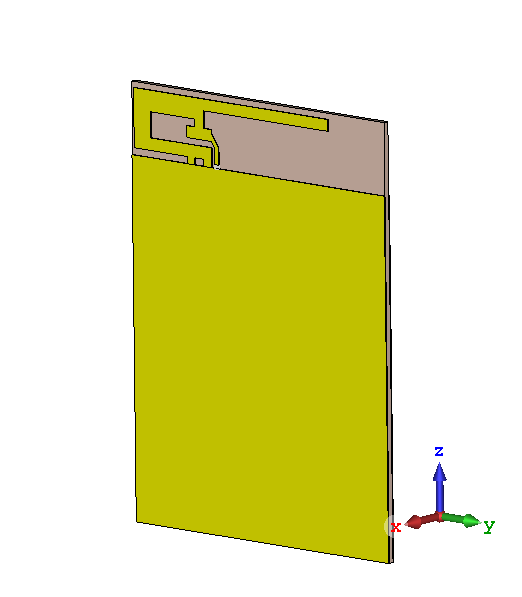
要进行方向图分析,需要设置一个远场频点的监视器,例如 1.575GHz。然后仿真得到天线的远场方向图如下图所示:
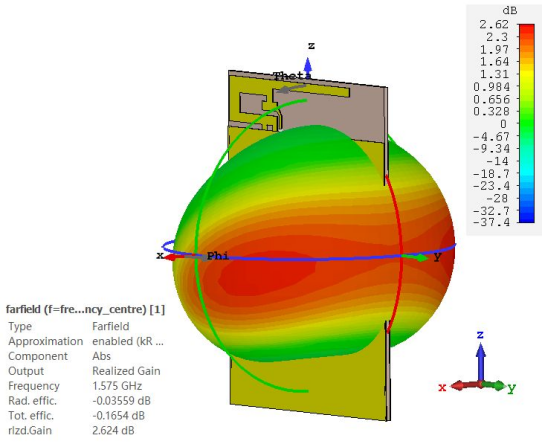
打开后处理模版选择 Farfield Resut,如下图所示:
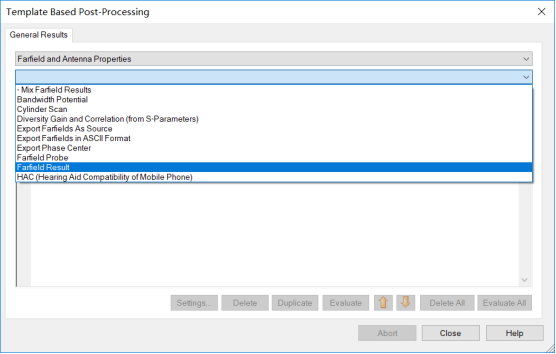
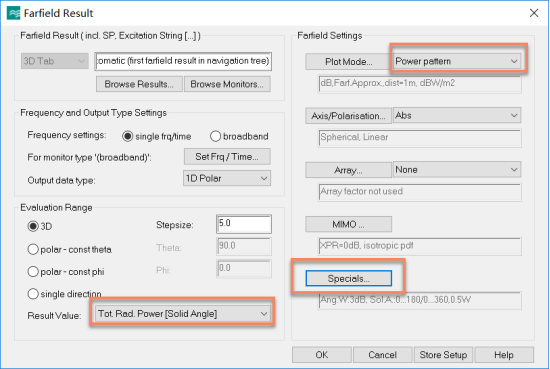
打开 Special 选项,如果是上半球空间,我们根据全局坐标系,将 theta 范围选择 0:90。上半空间设置如下图所示:
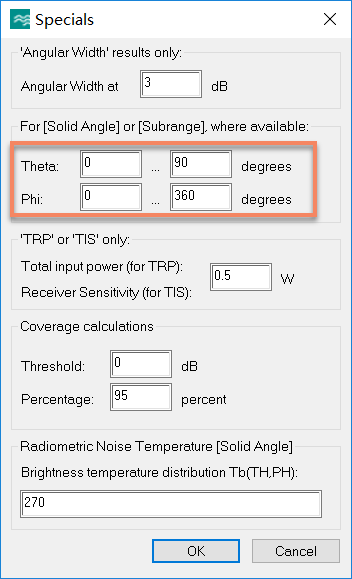
同理下半球空间我们选择 90:180,全空间就是默认的 0:180,重复上述操作创建三个后处理,如下图所示:
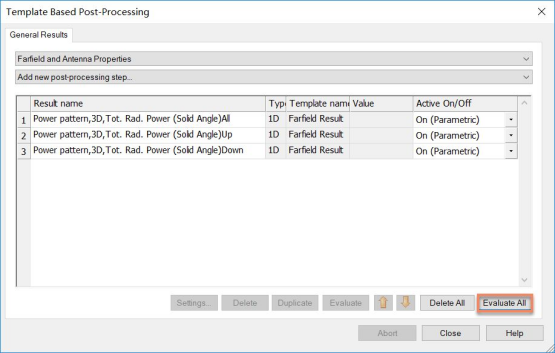
点击 Evaluate All,在导航栏下 table 下得到结果,如下图所示:

以这个天线为例,其上半空间和下半球空间的比值是-1.33dB,上半空间辐射占比-3.73dB。
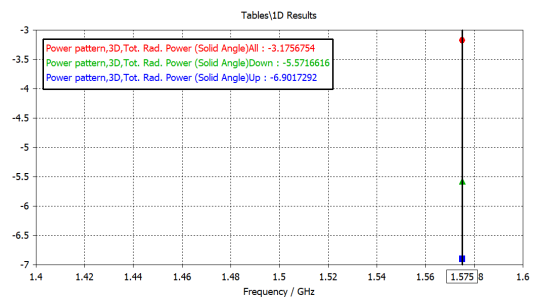
我们也可以将结果用线性显示。
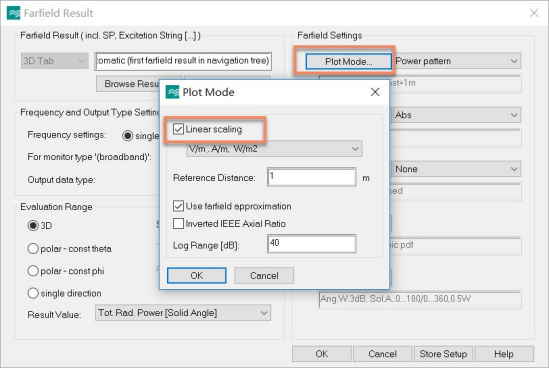
这样得到的结果如下图所示:
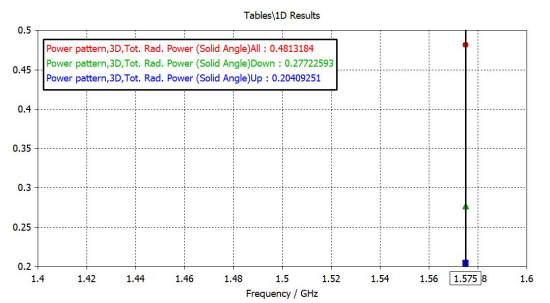
这样的结果更直观一些,总功率是 0.5w,进入天线并被辐射的功率是 0.483w,其中 0.204 向上半球空间辐射,0.277 向下半球空间辐射,上半空间辐射占比是 0.42。
【推荐内容】
CST仿真实例:Interference Task车载GPS天线射频干










评论